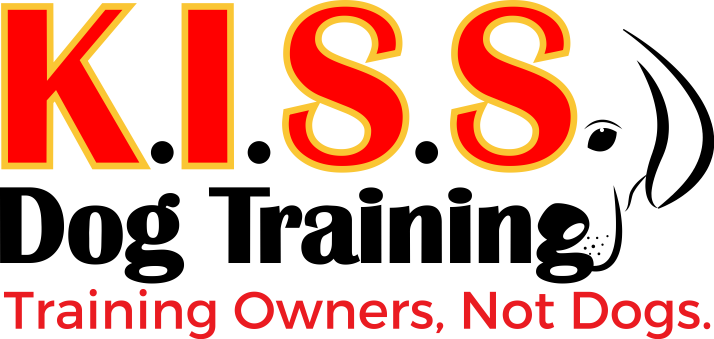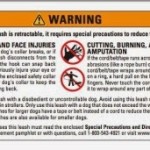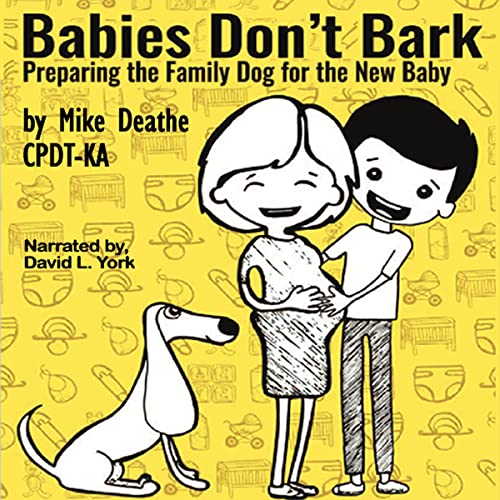Dog Training 101: Dont Ever Assume Anything
 This blast from the past 10 years ago in February of 2011… Still holds true today… So well I decided to bring it around to the front for another trip!!!
This blast from the past 10 years ago in February of 2011… Still holds true today… So well I decided to bring it around to the front for another trip!!!
Last week I had two real interesting situations while teaching my beginner class. One concerned a 3 pound Chihuahua and the other a 55 pound Great Pyrenees puppy.
One dog refused to sit and the other put the brakes on every time he felt the leash on his collar. On the surface, these two dogs appeared to have very little in common; but in the time between classes I came up with two very different solutions for these behaviors, that came from the same idea. Never assume you know what a dog is thinking (or feeling) and don’t be afraid to think outside the box!
With our spunky 3 pound Chihuahua that would not sit, it took simple detective work. I asked the owner if the dog sat at home. The answer was yes, but not on command. As I sat at home wondering what was going on, and I had a thought; could it be the floor? Let’s face it, this dog is obviously small, and Chihuahuas don’t have what most would call a lot of fur. The training facility floor is concrete; could this little girl be cold or uncomfortable? So the next week I brought a blanket, and guess what? Within 10 minutes, she was “sitting pretty” and doing just fine. Many people would have labeled this dog as stubborn or just plain dumb; when in reality she just did not like the type of floor. As easy as it would have been to get frustrated wondering what I was doing wrong, I forced myself into the dogs “paws” for a minute, and the answer was right there looking me in the face!
Now as far as “big boy,” the 50 pound Great Pyrenees puppy…well, he was a real head scratch-er. He would walk on leash for about 10 minutes and then just stop cold and refuse to move. When the owner told me about this behavior, I asked her to “show me.” I very quickly noticed that the moment he slowed down, the owner did not notice and would keep walking. The minute the leash caused the collar to put pressure on his neck he stopped, and would refuse to move. I did all the trainer stuff; asked if any leash corrections had been used in the past; had the owner focused on keeping the leash loose; I even used toys to keep his attention. Of course, as any good positive reinforcement trainer does, I even tried treats as lures. Nothing worked! I suggested we work on other things and told the client to relax and keep calm and we would start fresh next week.
Once again, I went home and just thought about the situation. The problem was not the walking on the leash in so much as it was the pressure on the neck! Then it came to me…quit trying to train the dog and instead start listening to him. The problem was (again) right there in front of me. The pressure on the neck caused by the collar was the reason he was having issues being loose leash trained. The solution was simple; a standard harness to take the pressure off his neck and move it to his shoulders! (Yep it worked) Now when he slows down, the owner does nothing different; but the pressure is now on his shoulders which doesn’t bother him so he has no negative reaction!
In all honesty, I should have seen these issues right off the bat. In the case of the Chihuahua, she looked nervous, confused and not her normally happy self when asked to sit. Same story with the Great Pyrenees, I missed the look of fear and stress in his eyes when the pressure was inadvertently put on his neck by the owner. Yes, I am admitting that I missed the signals both of these dogs were sending me. (I got too deep in Trainer Mode!) However, when I went home and thought about the situation and forced myself to…
• Think outside the box,
• Look at the situation from the point of view of the dog and
• I forced myself to stop training and just Think
It is our job, as owners of dogs, not only to train them but also to be their advocates! Never be afraid to think outside the box and try to look at problem behaviors from the perspective of the dog; and for goodness sake do not assume anything! Remember that we are the ones with the great big brains, opposable thumbs and the ability for complex thought. It is our job to look at training through the eyes of our dogs when setbacks happen or better yet become more fluent in D.A.S.L. (Dog as a Second Language.)
Related Posts
Search Blogs
Most Popular Posts
K.I.S.S. Dog Training proudly serves the Kansas City Metro, Overland Park and Surrounding Areas. 40 miles, 20 miles each way from Shawnee, KS is included for In-Home Sessions... Over that mileage is an additional charge of $1.00 per mile... Call with Questions
Contact Us Today!
K.I.S.S. Dog Training
Shawnee, Kansas
(913) 269-7595







